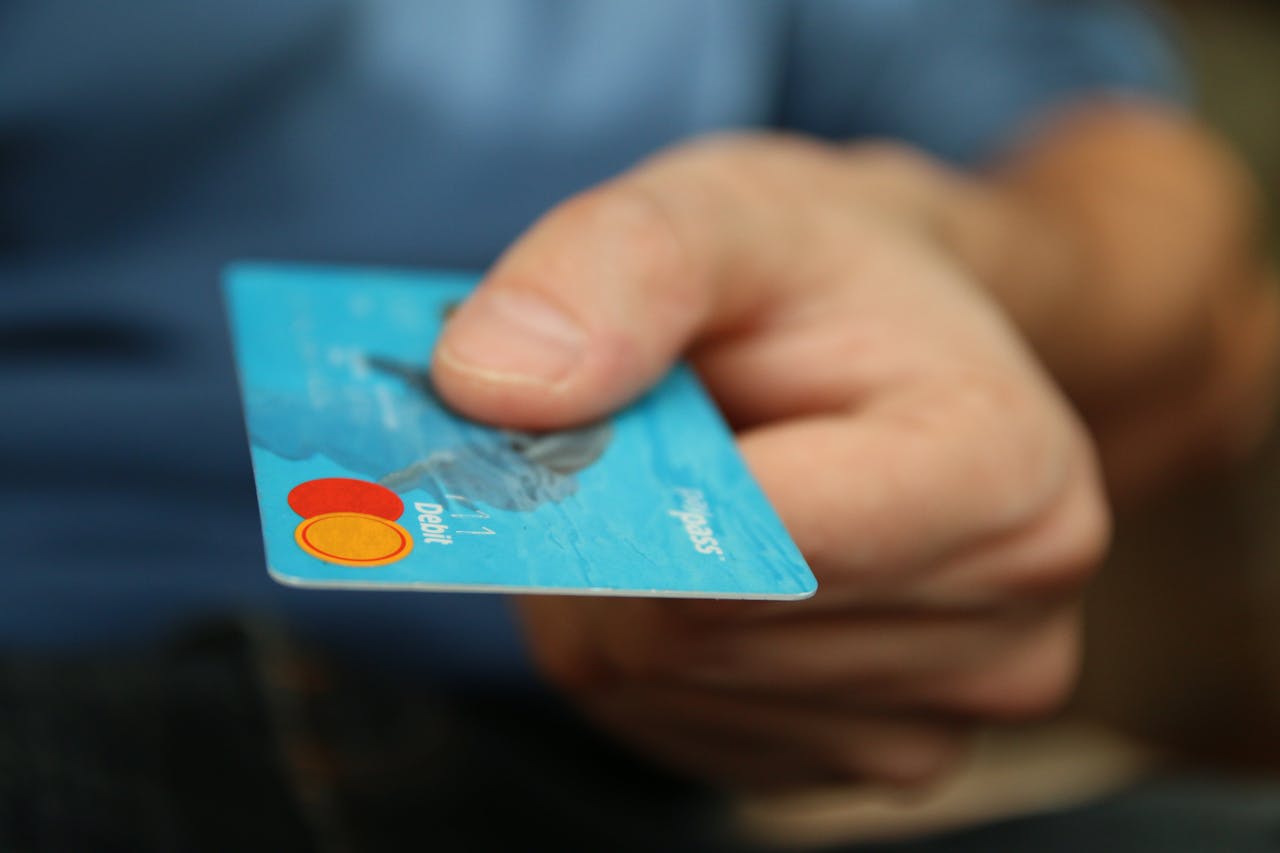Carving out a niche market and positioning yourself as the go-to brand for a specific audience and a specific product is a great way to ensure success when selling online. Not only does doing so establish your credibility over competing brands, but it also results in a more focused business; from your unique value marketing to carefully thought out content marketing, niche marketing makes it easier for the right customers to think, “this brand is for me.”
If you’re still on stage one struggling to think of your first product idea, starting with a niche is a great place to start. There are countless niches across limitless industries you can pursue, with the chance to narrow down your specialism as you go. The key is to identify a niche market that you feel you can master, and one that has a viable audience and group of consumers.
A niche market is a segment of a larger market that can be defined by its own unique needs, preferences, or identity. This uniqueness is what separates it from the rest of the market. A good example of this is the market for women’s shoes; within the market, there seem to be limitless segments or niches. Vegan shoes, for example, are a niche market, as are shoes for sportswomen or shoes for professional female healthcare providers. These all represent niche markets within the larger market for women’s shoes.
PR Overview
What makes something a niche?
- Price (from discount to luxury);
- Demographics (gender, age, income level, education attainment);
- Quality (handmade, fast fashion, premium);
- Psychographics (attitudes, interests, values); and
- Geographic’s (residents of a city or neighborhood).
Top Niches in 2021
Conscious Shoppers
Sustainability has become a hot topic amongst consumer culture, with almost half of US consumers saying they would “definitely” or “probably” change their habits to reduce their impact on the environment. Products in this category include vegan-friendly footwear, menstrual cups, and reusable drinking straws.
Travelers
The travel industry is enjoying a boom at the moment, with online sales jumping by more than 10% in 2018. The way consumers approach travel is evolving too: more than half are seeking sustainable options, but are struggling to find them. Consider building a product that facilitates an authentic local experience, for example.
Remote Workers
There seem to be more self-employed contractors than ever before, as well as companies open to the idea of workers getting the job done from home. When you consider these workers’ motivations and lifestyles, there are a host of products or services you might be able to offer them, such as laptop accessories or work-life hacks.
Now that you’ve got a grip on the world of niche marketing, it’s time to dip your toe in the water. What niche trends have you noticed recently?
Four Niche Marketing Strategies
Mass marketing cannot drive growth for every product. It’s great for a business to reach lots of people but sometimes it is wiser to market to one group and do exceptionally well. After having decided on a group that a business wants to target, certain questions have to be considered: Is the group big enough to be worth the marketing efforts? Are there enough clients who need or want what the business sells? As stated below, there are certain avenues to follow while applying niche marketing strategies.
Take Stock of Marketing Resources
Existing marketing assets, which include consumer data, infographics, press releases, email campaigns, photos, videos and blog posts, should be assessed with the pandemic in mind. Decide which would work during the crisis. Repurpose everything that wouldn’t. The necessary changes would also help a business to interact better with customers. Use elements of storytelling and empathy for better customer engagement. For instance, Trader Joe’s puts considerable thought into details like store signage. They look handwritten and fun. This makes customers happy. By creating a positive experience, r Trader Joe’s encouraged the customer to spend more and return next time.
Get to Know Your Competition
A business should not be deterred by competition. There is always plenty of work to go around. It is useful to learn about competitors as much as possible. Subscribe to their e-zines and visit their websites. Go through their service policies and get their promotional materials. It is unprofessional to talk down competition. Saying negative things about competition can destroy the credibility of a business. Then think of unique value propositions that set your business apart. Consider what pain points are going unfulfilled.
Analyze Customers
Although a business may have a niche, that does not mean that the needs and requirements of all customers are identical. For instance, Ritz Carlton and Motel 6 both compete in the hospitality industry. However, they compete in different segments of the same market. Motel6 is focused on travelers on a tight budget. For such travelers, Motel 6 offers clean, comfortable rooms without any excesses. They use inexpensive sites and use standard designs in rooms. The Ritz Carlton caters to travelers who are willing to pay for premium and personalized service. They offer fine cuisine, luxurious lobbies, magnificent views and services with which they cut through the clutter and differentiate themselves. The strategies of both companies are different, but successful.
Offline Marketing
Sometimes offline marketing is better at targeting certain groups. After your targeted audience has been segmented on the basis of buyer personas, you can decide which marketing methods will effectively engage them. If the business is an auto workshop, it may want to sponsor a tent at a local motor show to attract the attention of car enthusiasts of the area. A business can also donate discount cards to a charity of choice. A family restaurant can offer prizes at a local school. A brewery can offer brewery tours and beer tasting.
Niche Freelance Promotional Strategies
Practically every business needs promotional efforts to help in reaching more customers, making more sales, and growing a business. Many companies these days leverage social media in their promotional activities, along with content creation and email marketing. However, when it comes to freelancing, that means there’s a lot of different hats to wear to be able to promote a business as a freelancer. Fortunately, there are a handful of beneficial and effective strategies that can help freelance and small businesses promote themselves and reach a larger audience.
Finding a Niche Freelancer
The first step in any promotional efforts for a freelancer or a small business is to find the right niche. This means it’s important to focus on a singular business aspect, instead of trying to cater to the entire world and failing to do so. The more specific a business or a service is, it becomes easier to market it. This also means it becomes easier to attract buyers or clients, as most people are looking for very specific products or services before making a purchase.
Target Audience
Once the niche of the business or the freelancer has been established, it’s time to think about the target audience. The target audience is the people that will be interested in the companies or the freelancer’s products or services. When it comes to creating promotional strategies or making promotional efforts for the target audience, it’s important to know a variety of things about the ideal customers.
Although it can be a bit difficult to learn this information in the beginning, even though there’s very little information to go off of when creating promotional strategies, at least some of the basics should be generally understood about the target audience, such as the demographics, and from there it’s easy to create a buyer persona.
This is the ideal customer for any business Who is willing to make a purchase from the business, and even make repeat purchases and become a loyal customer in the future. Understanding details about the target audience makes it easier for a business to cater its products or services directly to that audience, and make promotional efforts that will appeal to them.
Creating a Plan
Once the business or the freelancer knows who the target audience is as well as its potential or ideal customers, it’s time to create a promotional plan to reach those groups of people. The promotional plan includes creating content that will cater to the target audience, choosing the platforms to distribute that content, and even choosing the right time of day to distribute the content.
While creating a plan, as a business or as a freelancer it’s also beneficial to choose which key performance indicators KPIs are going to be measured for that campaign to see whether the promotional efforts are performing well with the audience. Knowing that information will help tweak and update any future promotional strategies from the business, and generate more positive results.
Creating an Effective Communications Plan
Creating an effective communications plan requires careful planning, strategic thinking, and a...
What Is Public Relations and Why Is PR Important?
Many people only know what PR is from Mad Men. Most have a vague understanding of what public...
Securing the Future of Embedded Finance: A Strategic Guide to Cybersecurity
Financial services now integrate seamlessly into everyday digital experiences, from ride-sharing...




